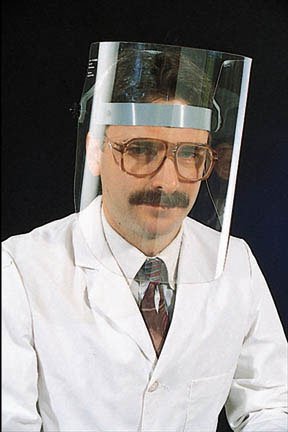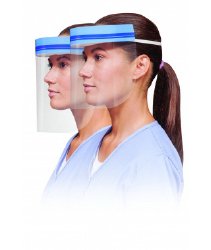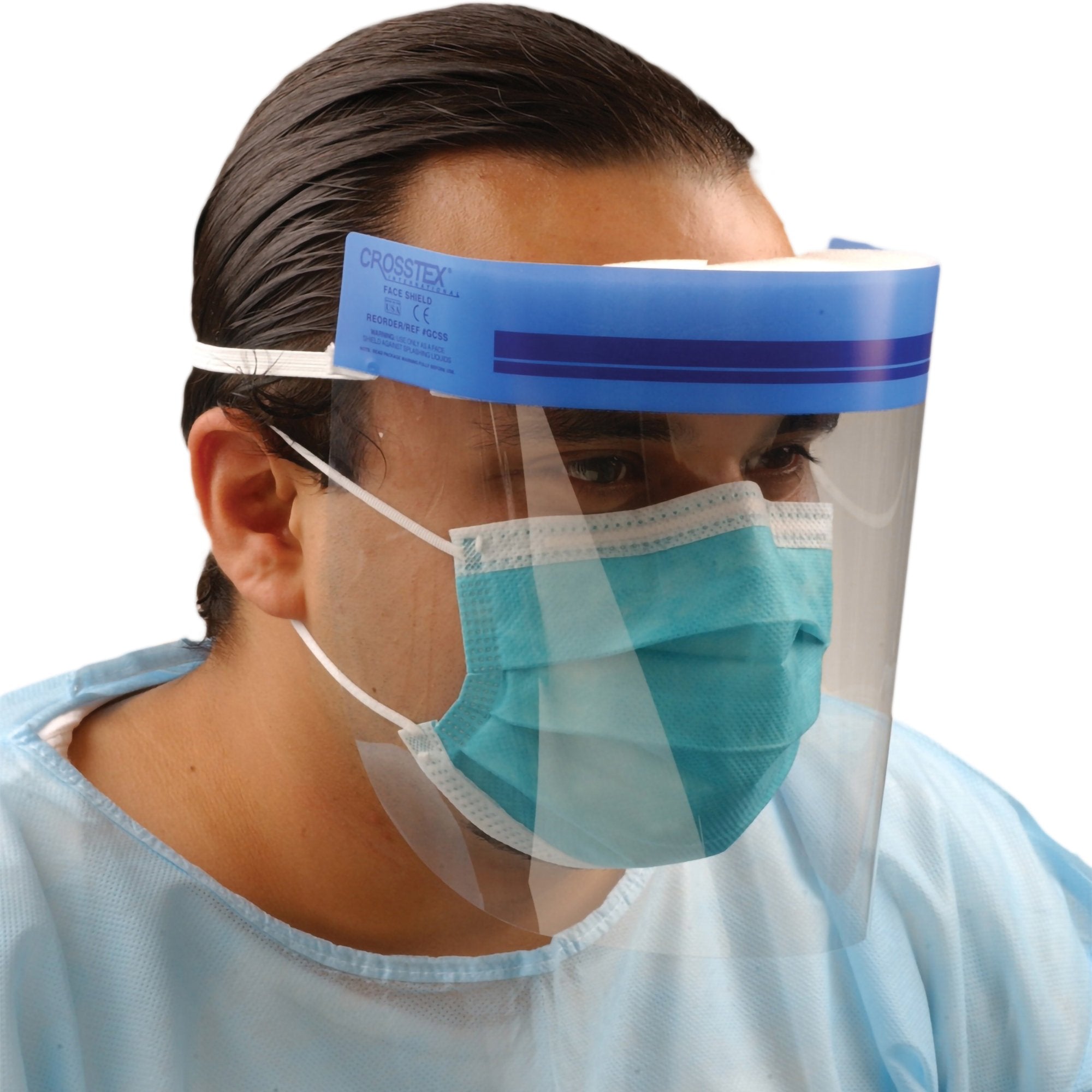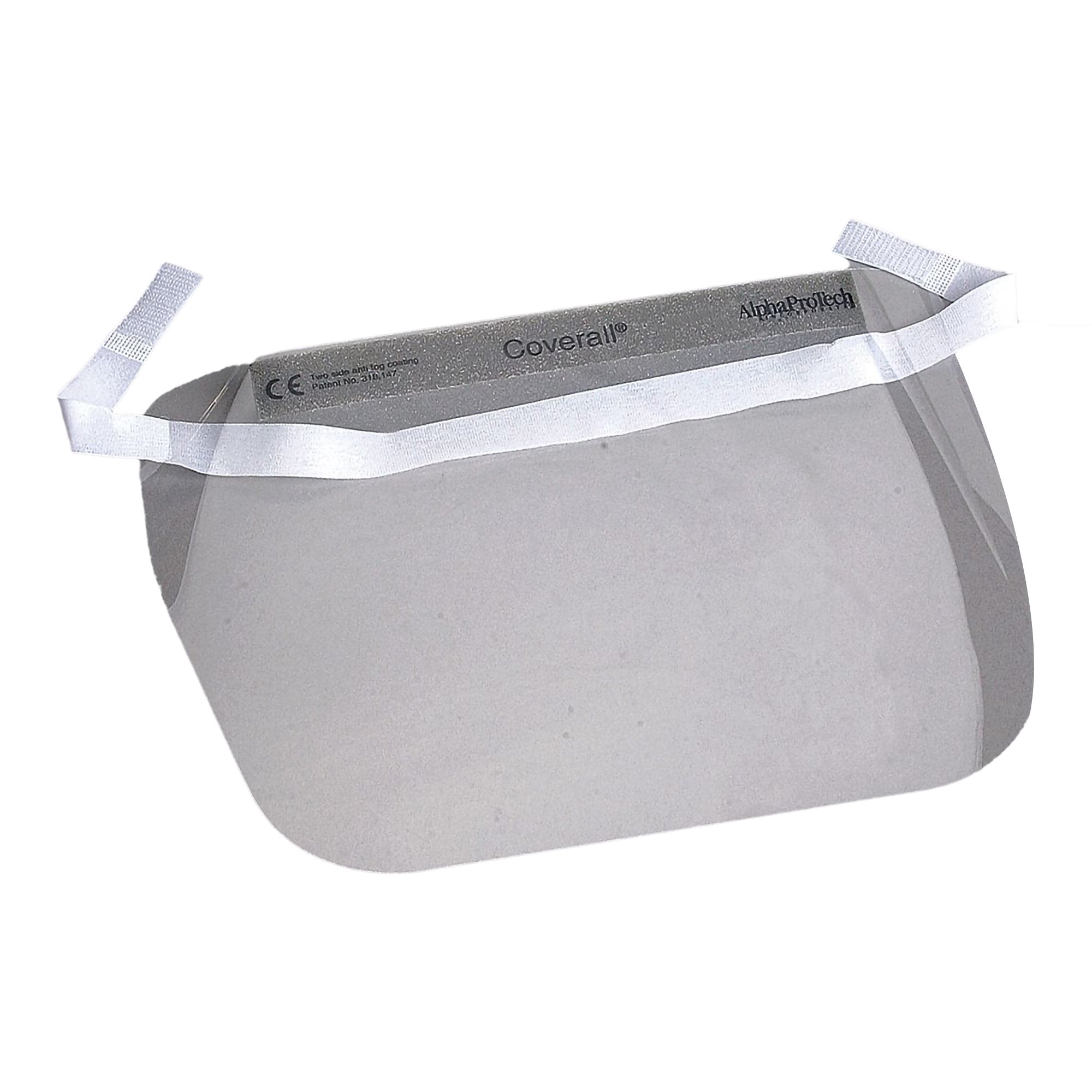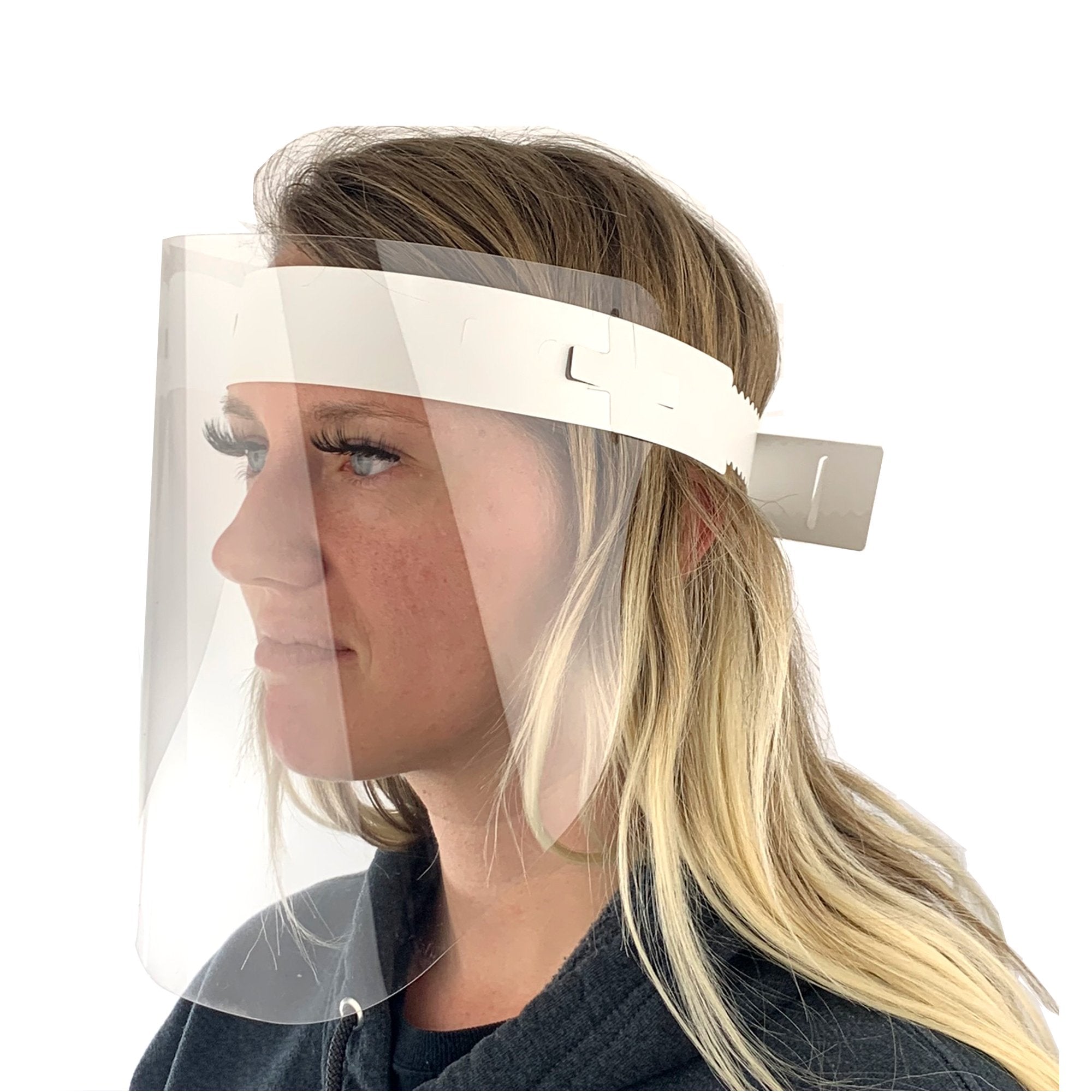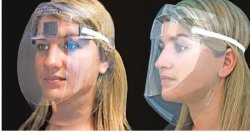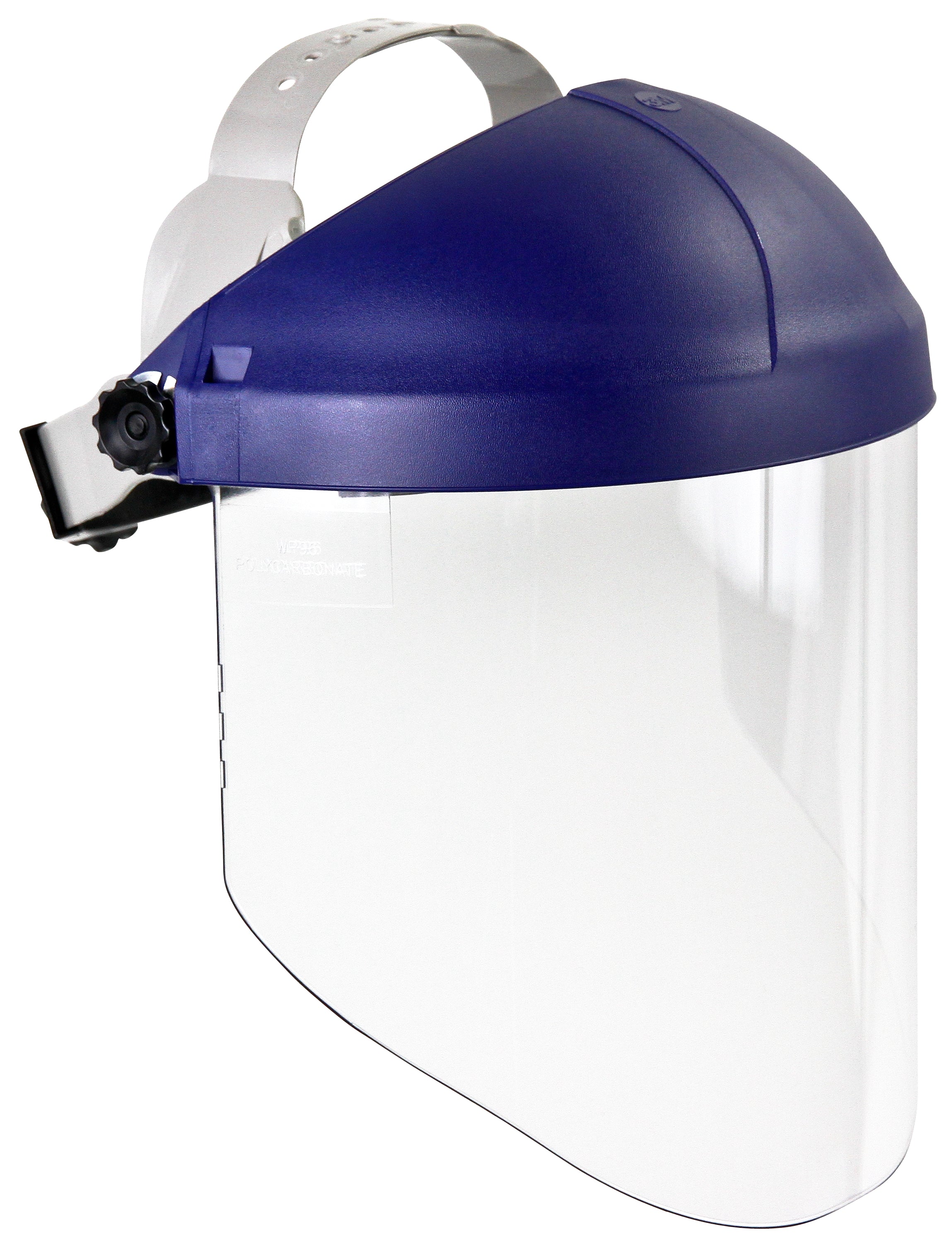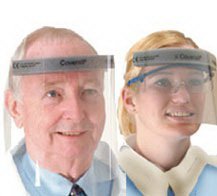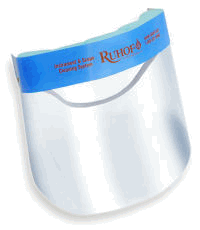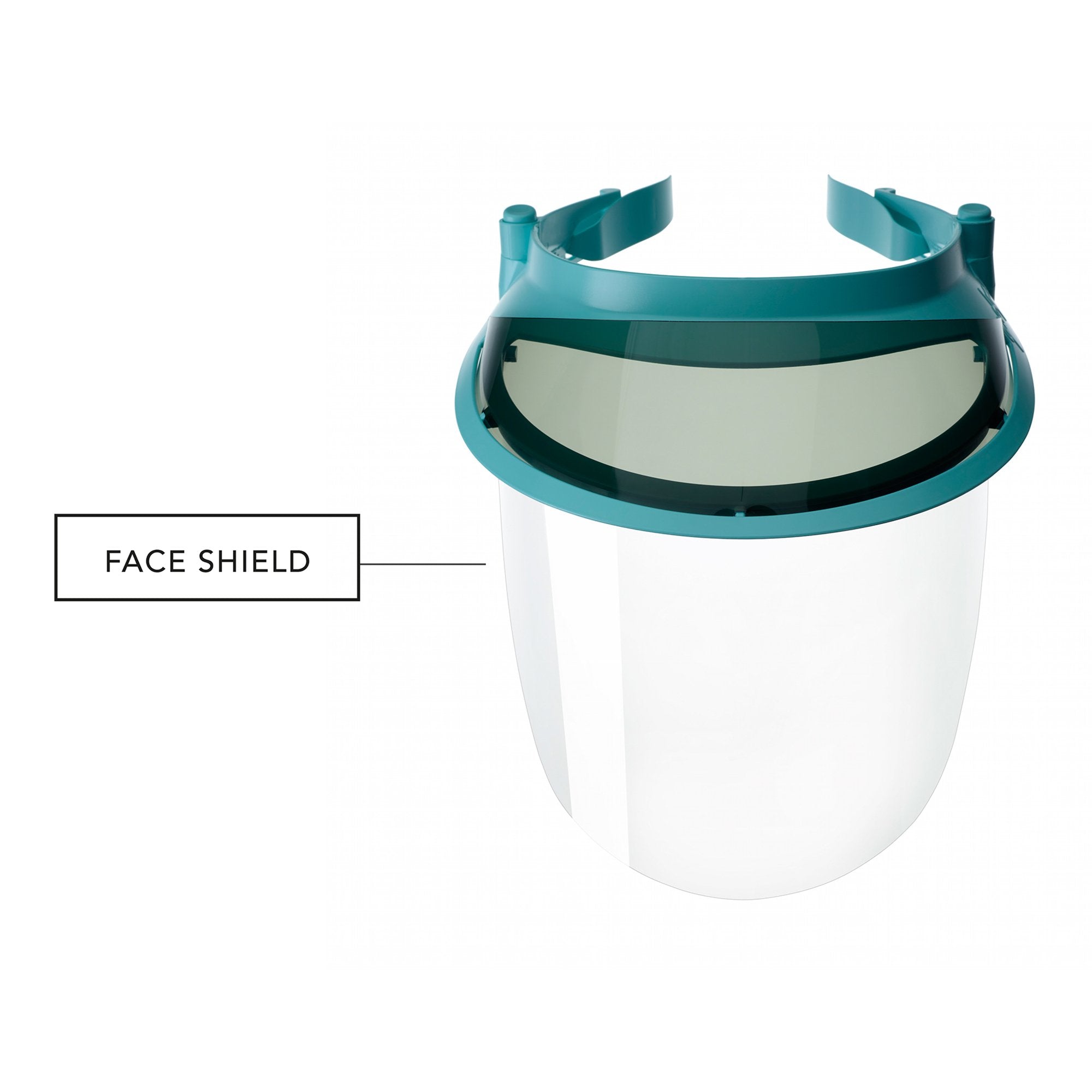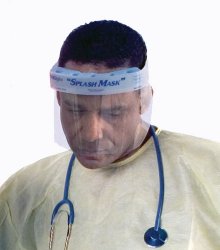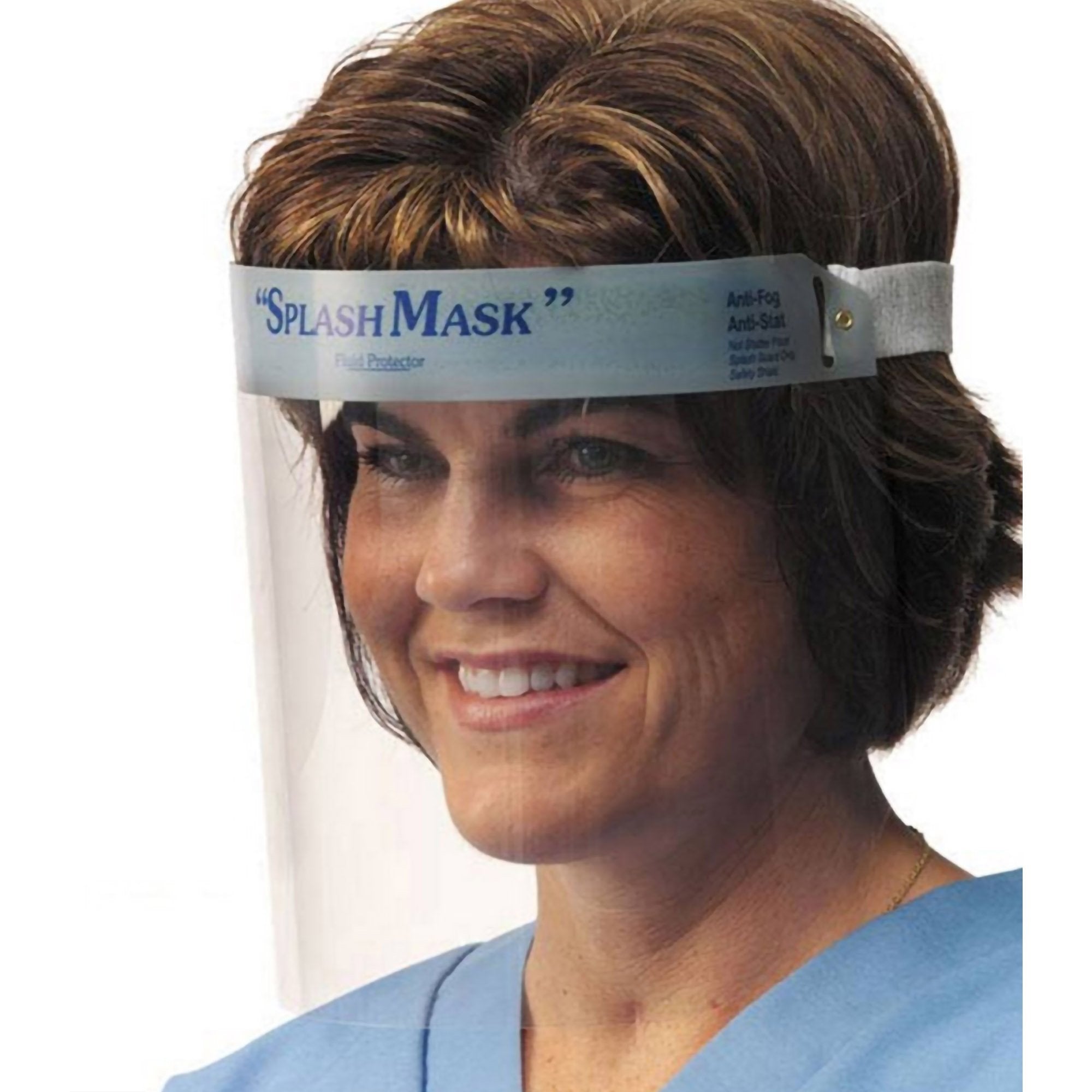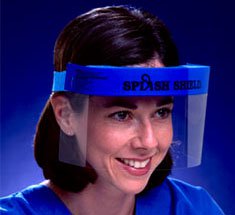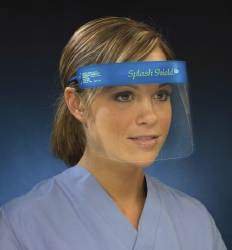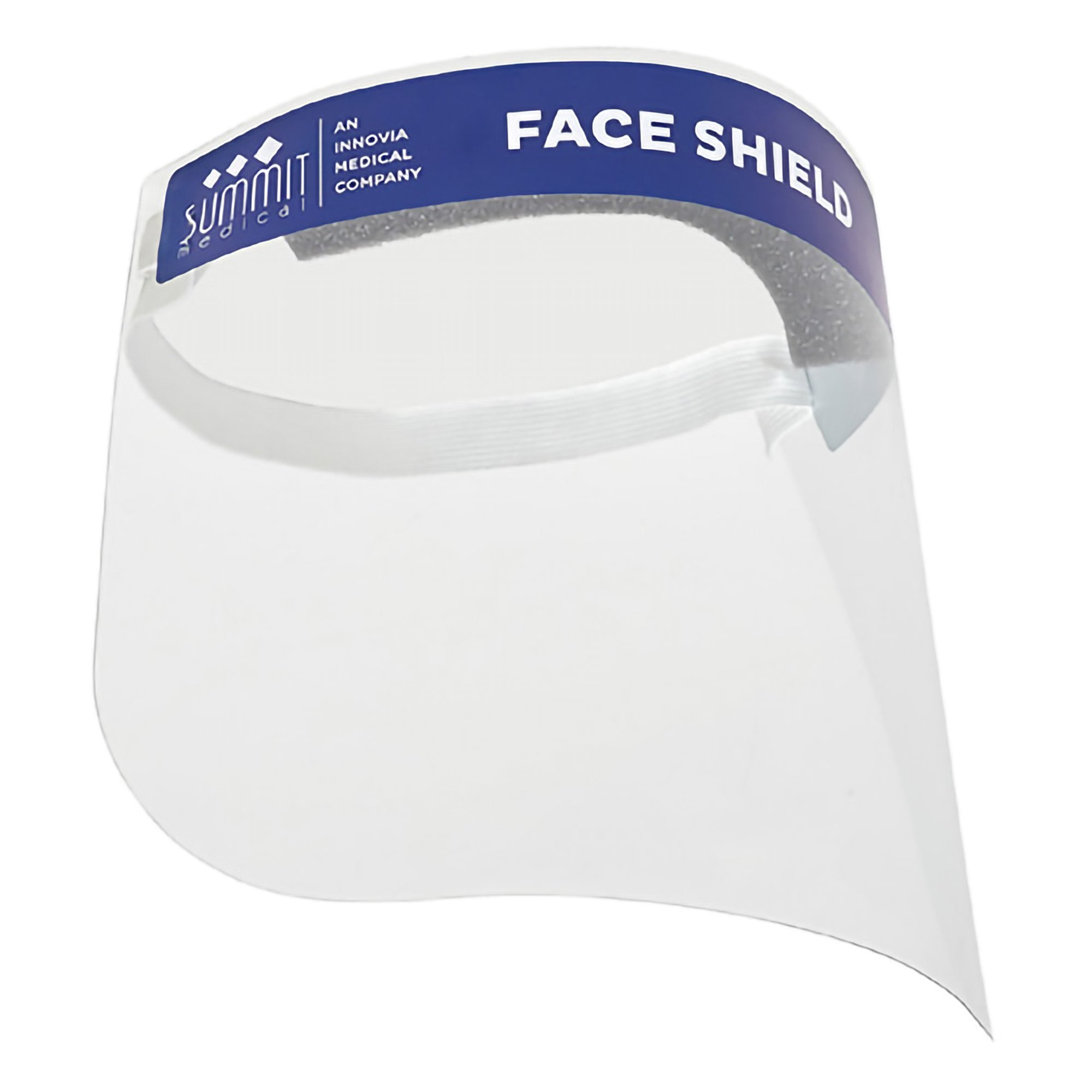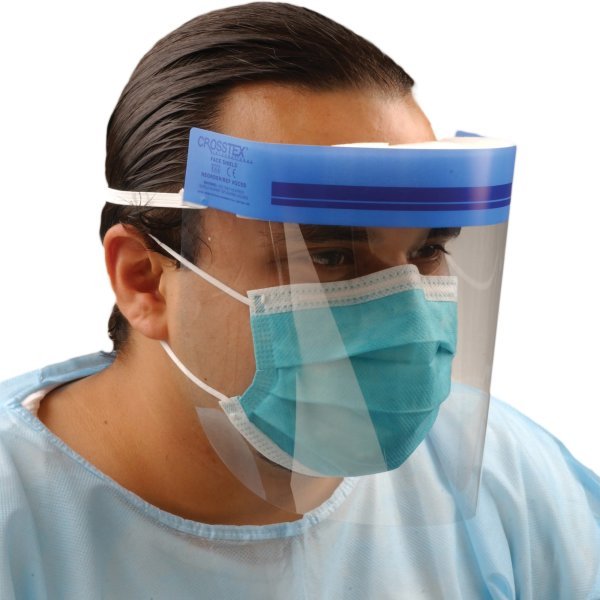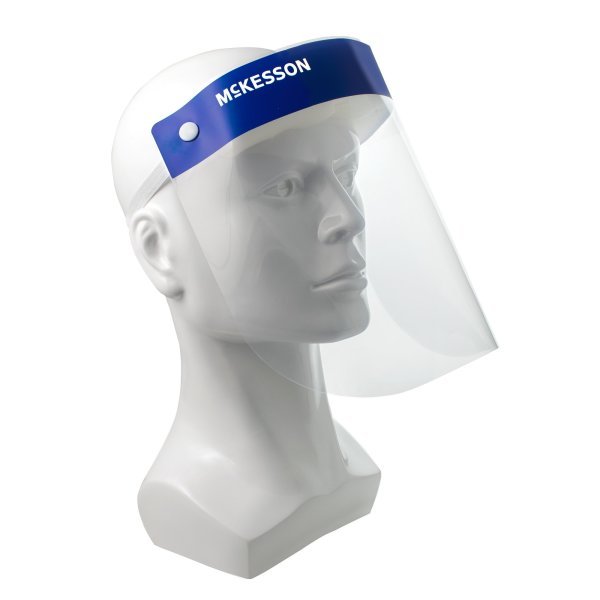About Face Shields and their Benefits.
Face Shields come in a variety of styles to fit your needs. Make sure to use the filters to find the right face shield for you.
Face shields are transparent, plastic barriers that cover the entire face, providing a protective shield against airborne droplets, splashes, and other hazards. Unlike face masks, which primarily protect the nose and mouth, face shields offer comprehensive coverage for the entire face, including the eyes, nose, and mouth. This additional level of protection makes them an indispensable tool in healthcare settings, as well as in other high-risk environments such as laboratories, manufacturing facilities, and public-facing professions.
During the Pandemic, some creative people were using their 3D printers at home to make face shields as well as other accessories to make life a little bit easier.
The beauty of face shields lies in their versatility and ease of use. They are designed to be lightweight, comfortable, and adjustable, ensuring a secure fit for individuals of varying head sizes. The clear, optically correct visor allows for unobstructed visibility, maintaining crucial eye contact and facilitating effective communication, which is particularly vital in healthcare settings where non-verbal cues can play a significant role in patient care.
Moreover, face shields provide an extra layer of defense when used in conjunction with face masks, forming a powerful combination that significantly reduces the risk of exposure to infectious agents. By acting as a physical barrier, face shields minimize the chances of unintentional face-touching, a common habit that can lead to the transmission of pathogens.
In addition to their immediate protective benefits, face shields offer practical advantages in terms of durability and maintenance. They are easily cleaned and disinfected, making them reusable and cost-effective in the long run. Their durability allows for extended use without compromising their protective capabilities, making them an environmentally conscious choice.
In conclusion, face shields are an invaluable tool in the fight against infectious diseases, offering comprehensive protection for the face and facilitating effective communication. Their versatility, ease of use, and compatibility with other PPE make them an essential component of any comprehensive safety strategy. Whether in healthcare settings or other high-risk environments, face shields serve as a reliable defense, providing peace of mind and safeguarding both individuals and the communities they serve.
Frequently Asked Questions about Face Shields
Do you still have questions about Face Shields?
If we still haven't answered your question, you can contact us by phone or email and we will get back to you as soon as possible.

